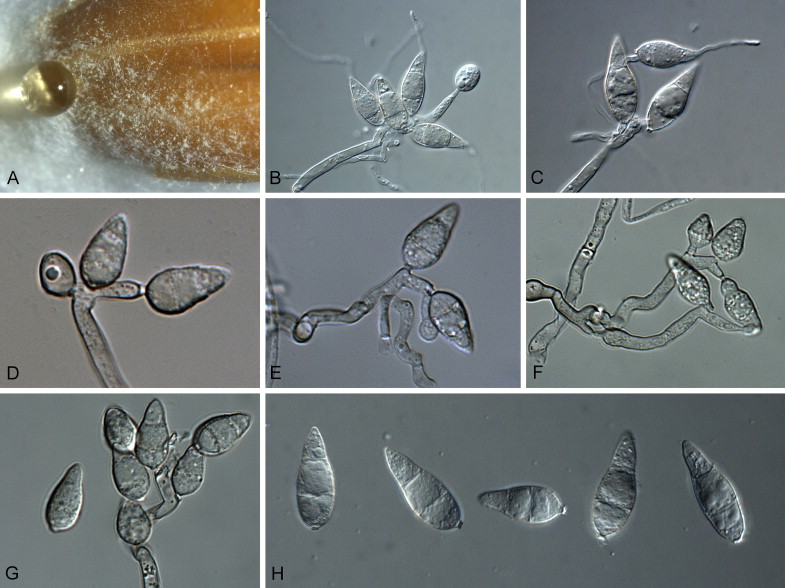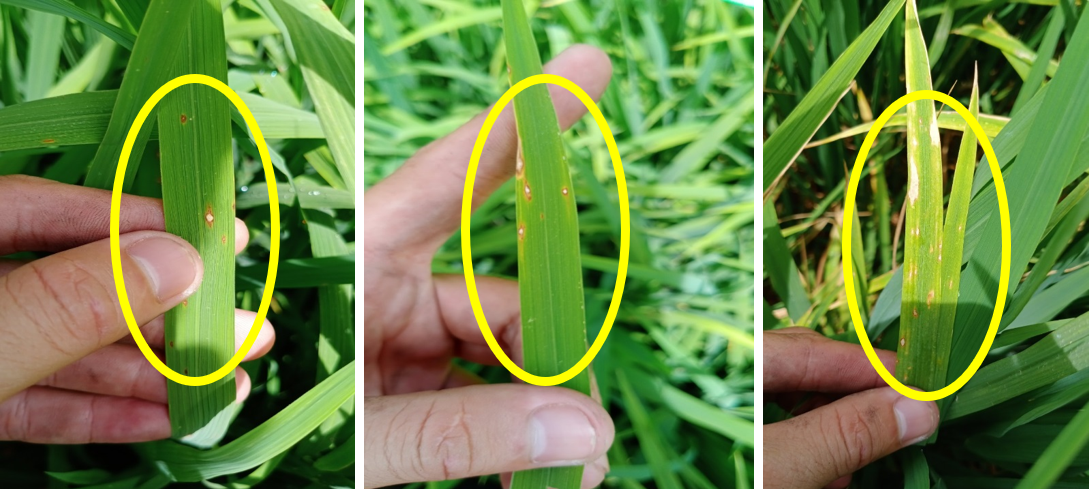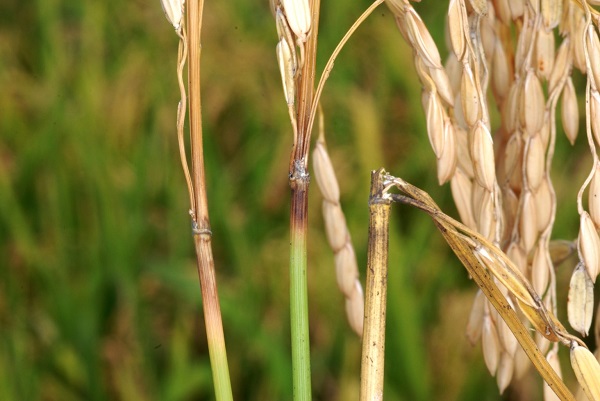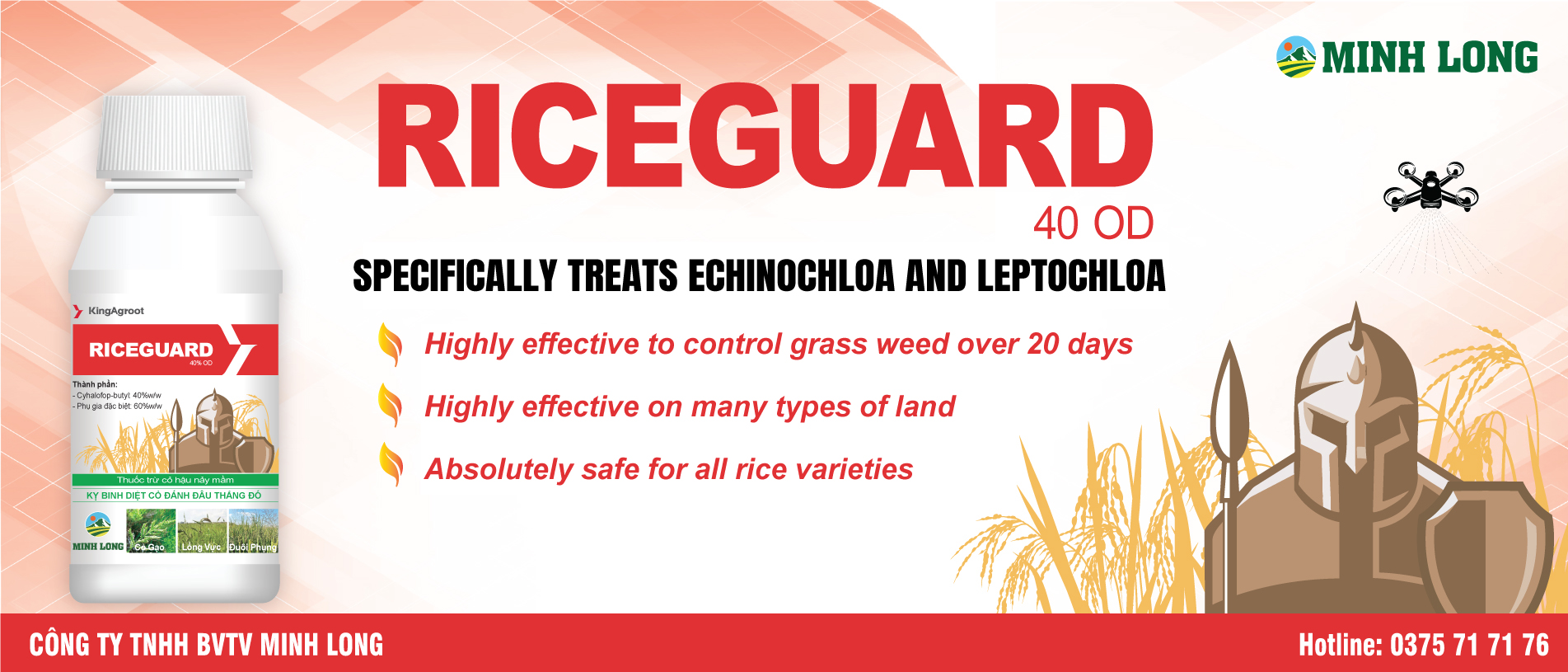Rice blast diseases is always a worry in the heart of every farmer. Rice blast is one of the most commonly encountered fungi and causes severe damage to the yield of rice. Blast can cause damage almost all year round in many southern provinces, causing many difficulties for farmers.
In this article, let's find out and find solutions to protect rice from this disease with Minh Long
What is Taoism?
Rice blast is caused by the fungus Pyricularia Oryzae . Fungal diseases can attack on leaves, cotton necks (necks) and right on seeds, causing damage to crop yield.

Photograph of the fungus Pyricularia Oryzae
Blast disease develops and spreads faster in humid weather. On warm, humid days, a single blast can spread thousands of disease-causing spores by the wind.
Types of sects that are popular today
Rice blast leaves:
Mainly appear in seedling stage - tillering, cotton neck and seed. At this time, the disease appears sporadic with the tip of the needle, gray-green color gradually turns brown. Gradually, the lesion spreads into a rhombic shape, turning dark brown around and white spots in the middle. More serious when the disease spreads into large patches, it can cause the leaves to dry and burn, causing loss of yield.

Pictures of the development stage of rice leaf blast
rice blast cotton-necked:
Cotton-neck blast disease usually appears most severe in the stage of flowering - drying. It interferes with the transport of nutrients from the rice plant to the rice grain, causing stagnation. Early attack of the fungus can cause the plant to be completely shriveled.

The image of ancient rice blast
Favorable conditions for blast disease to develop:
Warm weather, drizzle, and high humidity create favorable conditions for harmful blast disease, with a high risk of epidemics. In addition, factors such as: Thick seed, too much nitrogen fertilizer, weeds, rice varieties, etc.
Measures to prevent blast:
- Sanitize the field, clean up and remove the pathogens from the previous crop.
- Use high disease resistant rice varieties.
- Fertilize balance, limit fertilizer application too much nitrogen, should not apply too much fertilizer in the same period.
- Regularly visit the field to manage the disease before the disease spreads.
Using chemical methods to manage blast
When rice blast disease begins to appear in rice fields, it is necessary to conduct spraying to manage the disease in a timely manner.
Some pesticides are used to prevent and treat rice blast such as: Trika Super 440SC, Avazole 800WP, Bimax 800, Katanil, etc.
Using chemical drugs, farmers need to follow the 4 correct rule and spray when detecting disease clusters in the field as soon as possible.

 MINH LONG PLANT PROTECTION
MINH LONG PLANT PROTECTION


